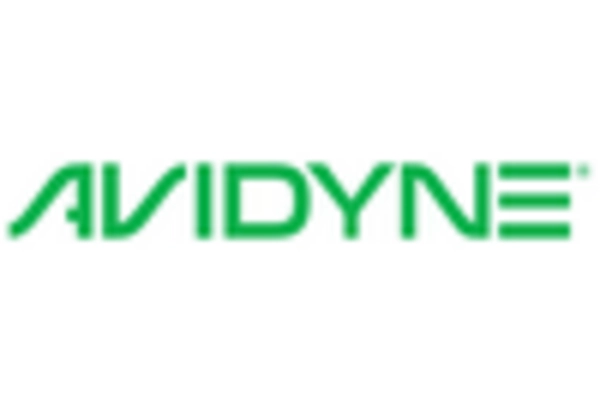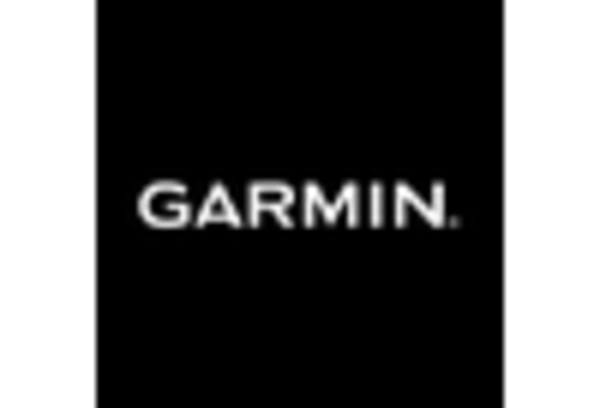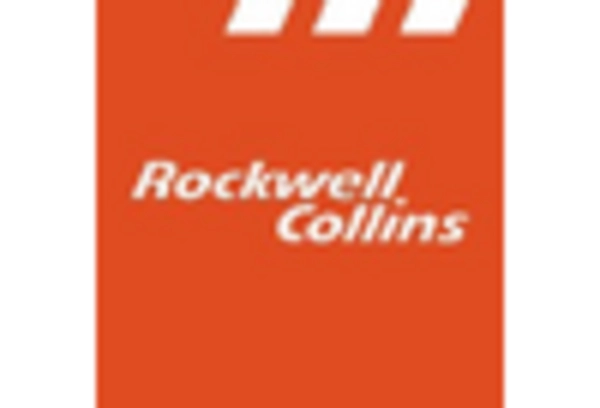Aviation Beacons Technology Size
Aviation Beacons Technology Market Growth Projections and Opportunities
The Aviation Beacons Technology market is influenced by multifaceted factors that shape its growth, technological advancements, and industry dynamics. Regulatory requirements stand as a significant market factor. Compliance with stringent aviation regulations and safety standards imposed by bodies like the Federal Aviation Administration (FAA) and international aviation authorities is crucial. These regulations mandate the installation of beacon systems on tall structures, towers, and airports, driving the constant demand for reliable and compliant beacon technology within the aviation industry.
Infrastructure development and modernization initiatives also heavily impact the Aviation Beacons Technology market. As airports expand, upgrade, or build new facilities, the need for robust beacon systems becomes paramount. Infrastructure expansion, including the construction of vertiports, helipads, wind farms, and communication towers, fuels the demand for beacon technology that ensures visibility, navigation, and safety for aircraft operating within these environments.
Technological advancements are fundamental market factors driving innovation and adoption within the Aviation Beacons Technology sector. The evolution from traditional incandescent lighting to modern LED-based beacon systems has revolutionized the industry. LED technology offers advantages such as energy efficiency, durability, brighter illumination, and reduced maintenance costs. The constant pursuit of technological advancements and the integration of smart features further influence market factors by driving the demand for more sophisticated and efficient beacon solutions.
The growth of commercial aviation and air travel contributes significantly to the market factors of Aviation Beacons Technology. As the number of commercial flights increases and air traffic expands, the need for reliable and efficient beacon systems escalates. Beacons serve as crucial navigational aids, guiding aircraft during takeoffs, landings, and navigation through flight paths, supporting safe and efficient operations within busy airspace.
Furthermore, the emergence of unmanned aerial vehicles (UAVs) or drones as a significant sector within aviation influences the market factors of beacon technology. Drones require effective beacon systems to ensure safe and regulated operations, particularly when flying in shared airspace or near critical infrastructure. The increasing use of drones for various commercial applications underscores the need for specialized beacon solutions compatible with UAV operations.
Sustainability considerations and environmental impact are becoming influential market factors in the Aviation Beacons Technology sector. The aviation industry's focus on reducing carbon emissions and energy consumption drives the adoption of LED-based beacon systems known for their energy efficiency and lower environmental footprint. The demand for eco-friendly and sustainable beacon solutions aligns with industry trends and regulatory priorities, influencing the market's direction.
Moreover, the integration of smart and connected systems is another pivotal market factor shaping the Aviation Beacons Technology landscape. The shift toward smart beacons equipped with remote monitoring capabilities, predictive maintenance features, and data-driven functionalities influences market dynamics. These advanced beacon solutions cater to the industry's evolving needs for enhanced performance, reliability, and operational efficiency.
In conclusion, the market factors influencing the Aviation Beacons Technology sector encompass regulatory requirements, infrastructure development, technological advancements, the growth of air travel, the integration of beacon technology in UAVs, sustainability considerations, and the evolution of smart beacon solutions. The convergence of these factors drives innovation, adoption, and the ongoing demand for advanced and reliable beacon systems crucial for ensuring safe and efficient navigation within the aviation industry.
















Leave a Comment